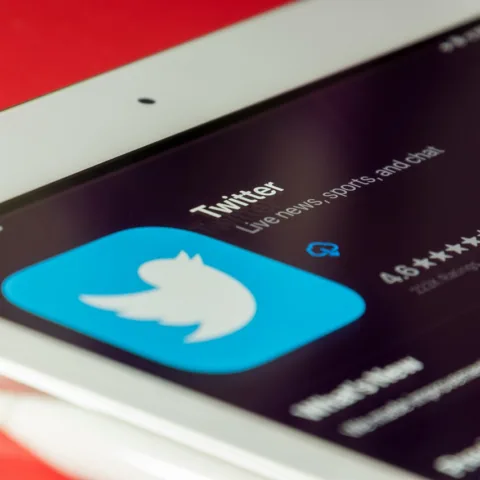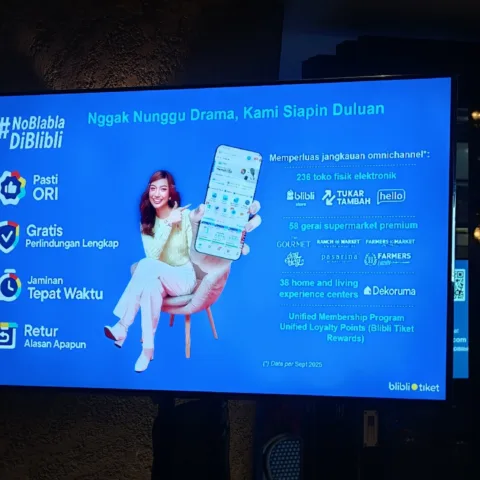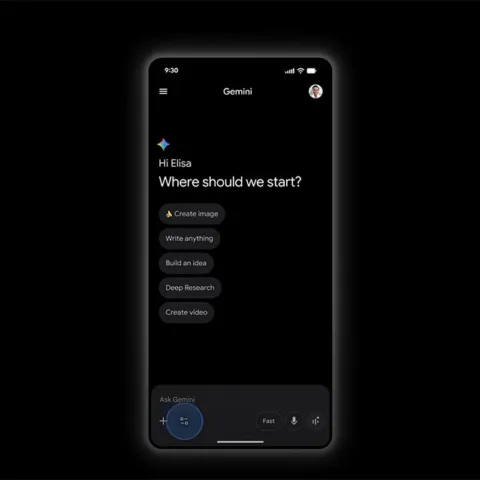Twitter has delivered another bombshell this morning by announcing that third party apps are being even more limited in its ability to connect to Twitter. Changes to Twitter’s API will require third party apps to engage directly with Twitter, conform with requirements as to how tweets are displayed, and developers will not be able to add new users to their apps once they reach a certain limit without Twitter’s permission.
This is just another step in Twitter’s drive to streamline its operations and get members to use its official apps, the first of which, ironically, began as a third party app. Back in June, Twitter’s product team director Michael Sippey announced that Twitter wants to make sure that its members are getting the same Twitter experience no matter what platform they use. This led to the decision to stop delivering tweets to LinkedIn.
So what’s coming for Twitter apps? Three things. The first two affect how apps interact with Twitter in the background while the third affects apps as well as users.
Authentication
Twitter is requiring third party apps to authenticate themselves when accessing its API beginning March 2013. Until now, developers have been free to use Twitter’s resources without having to specifically declare themselves to Twitter. Those who have been using OAuth interface however, need not to worry.
Rate limits
Secondly, Twitter is changing the frequency by which apps can access its resources. Currently the limit is 350 calls per hour per application per user. This includes refreshing the home timeline, mentions, direct messages, performing searches, and loading up user profiles
Starting next year, Twitter will drop this to no more than 60 calls per hour for some activities while raising it to 720 per hour for others, taking into account the high volume of new tweets on home timelines, user profile lookups, and searches.
Developer changes
The third change is the most significant and will directly affect Twitter users and developers of third party apps.
Basically third party apps that duplicate Twitter’s functionality, like Tweetbot, Echofon, Twitterrific, Flipboard, SocialScope, UberSocial, and so on, which access the home timeline and operate just like the official Twitter apps, are being squeezed out. Twitter does not like these apps because they take away users from its own mobile apps.
While Twitter will not kill these apps outright, it will enforce a set of very stringent requirement which limits the growth and popularity of these apps. Twitter is saying that apps that “require more than 100,000 individual user tokens” will need Twitter’s permission to function. Existing apps that already have more than 100,000 users will be allowed growth up to twice the current number after which they will need specific permission from Twitter to add more.
Sippey claims that this limitation is to prevent its resources from being abused by irresponsible apps. It’s certainly a legitimate way to reduce the number of spammers on Twitter, but its also sucking the air out of legitimate apps. Fortunately for one app, this doesn’t seem to concern the team too much.
Paul Haddad, one of the people behind popular iOS and Mac app Tweetbot said that Tapbots will continue developing Tweetbot for Mac and that a beta version is coming. He also said that the cap for Tweetbot is “pretty huge” so he’s not too worried about the future of his apps.
The sky is not falling, I’d obviously prefer that there wasn’t any cap, but the current cap is pretty huge and we aren’t going anywhere.
— Paul Haddad (@tapbot_paul) August 16, 2012
Twitter is also requiring third party apps to display tweets exactly as they would appear in the official apps and “no other social or 3rd party icons are allowed to be attached to a tweet.” This means that apps will end up looking more like the official clients, providing identical features and basic looks. Services like Instapaper and Pocket, however, may have something to worry about. Twitter is saying that it doesn’t want its tweets and their content to interact directly with other apps.
Sippey has classified third party clients into four categories, illustrated by a quadrant in which apps that belong in the top right hand quadrant are the ones that Twitter doesn’t want. Ryan Sarver, director of platform at Twitter, however, later tweeted that apps like Storify and Klout, which occupy that same death quadrant, are the kinds that Twitter has no problems with.
To clarify a little, @storify and @favstar in in the upper-right quadrant but we mean to call them out as good examples. hope that helps 🙂
— Ryan Sarver (@rsarver) August 16, 2012
In the scheme of things, these changes are not unexpected, following Sarver’s initial announcement in March last year. Sippey’s two announcements this year only serve to provide the details as to how Twitter will proceed to achieve and drive the business model that Twitter has chosen to pursue.
While it may be unfortunate, given that third party developers have been the lifeline of Twitter’s growth and popularity, Twitter seems to think that it will be moving on just fine without the majority of them.











